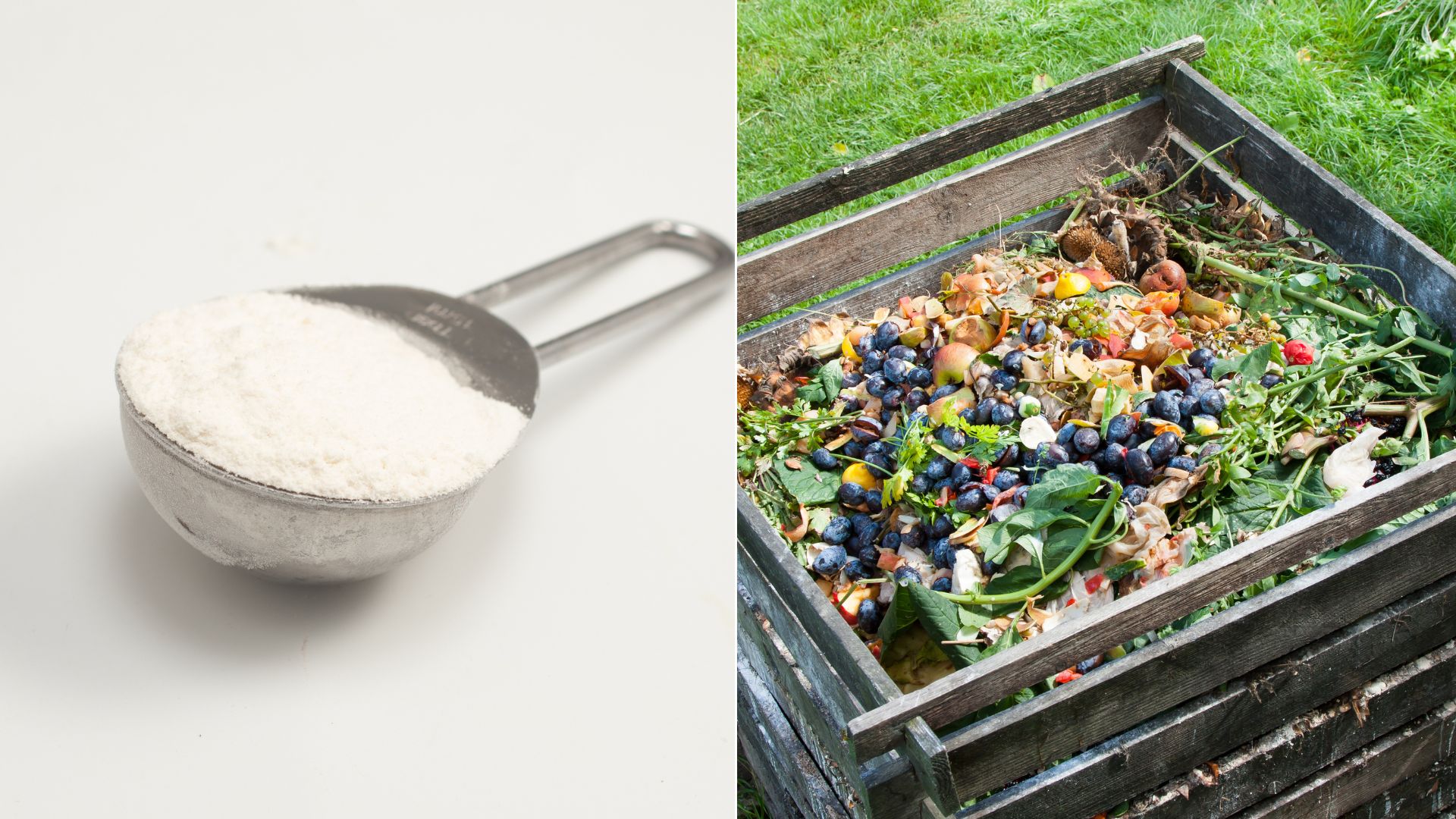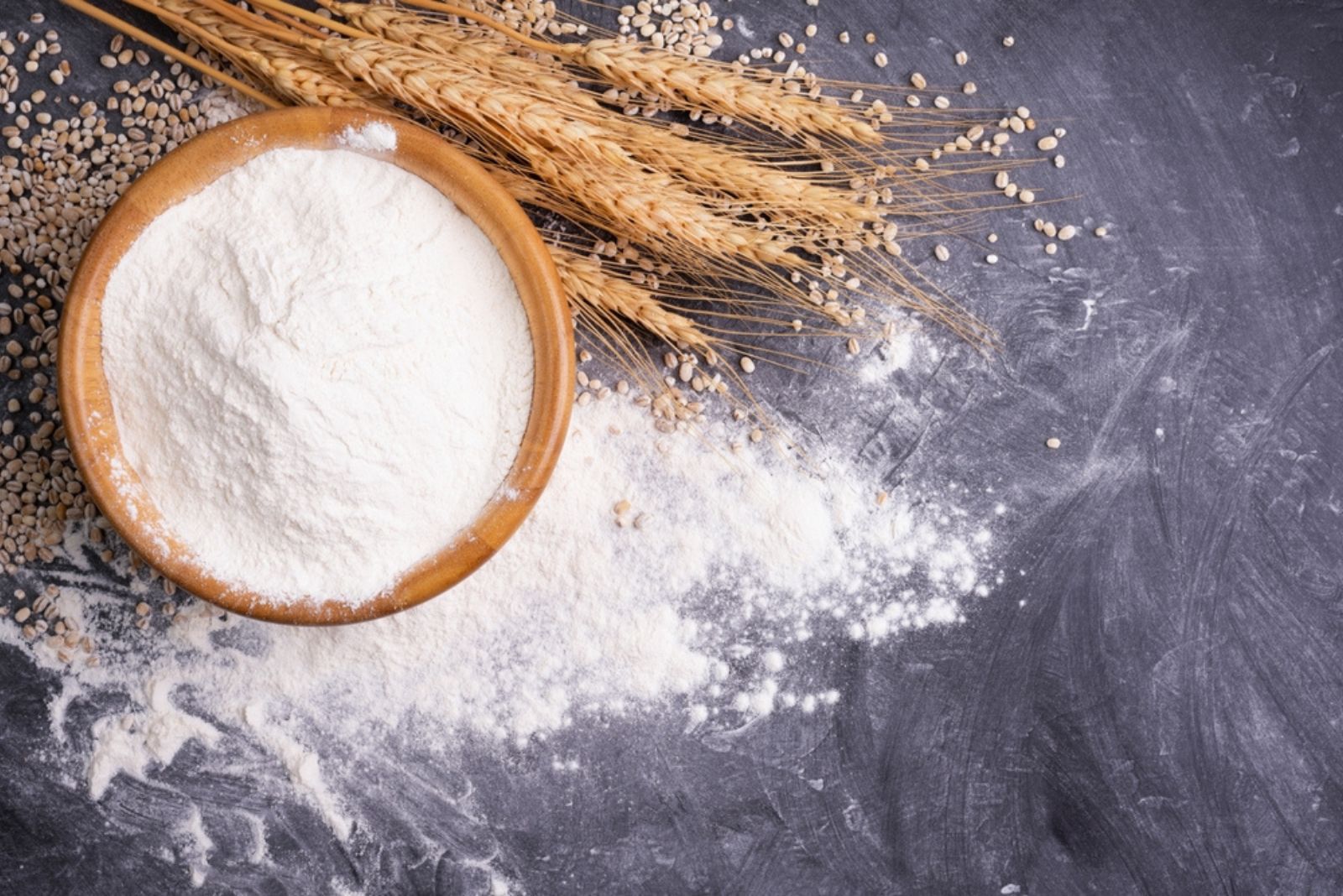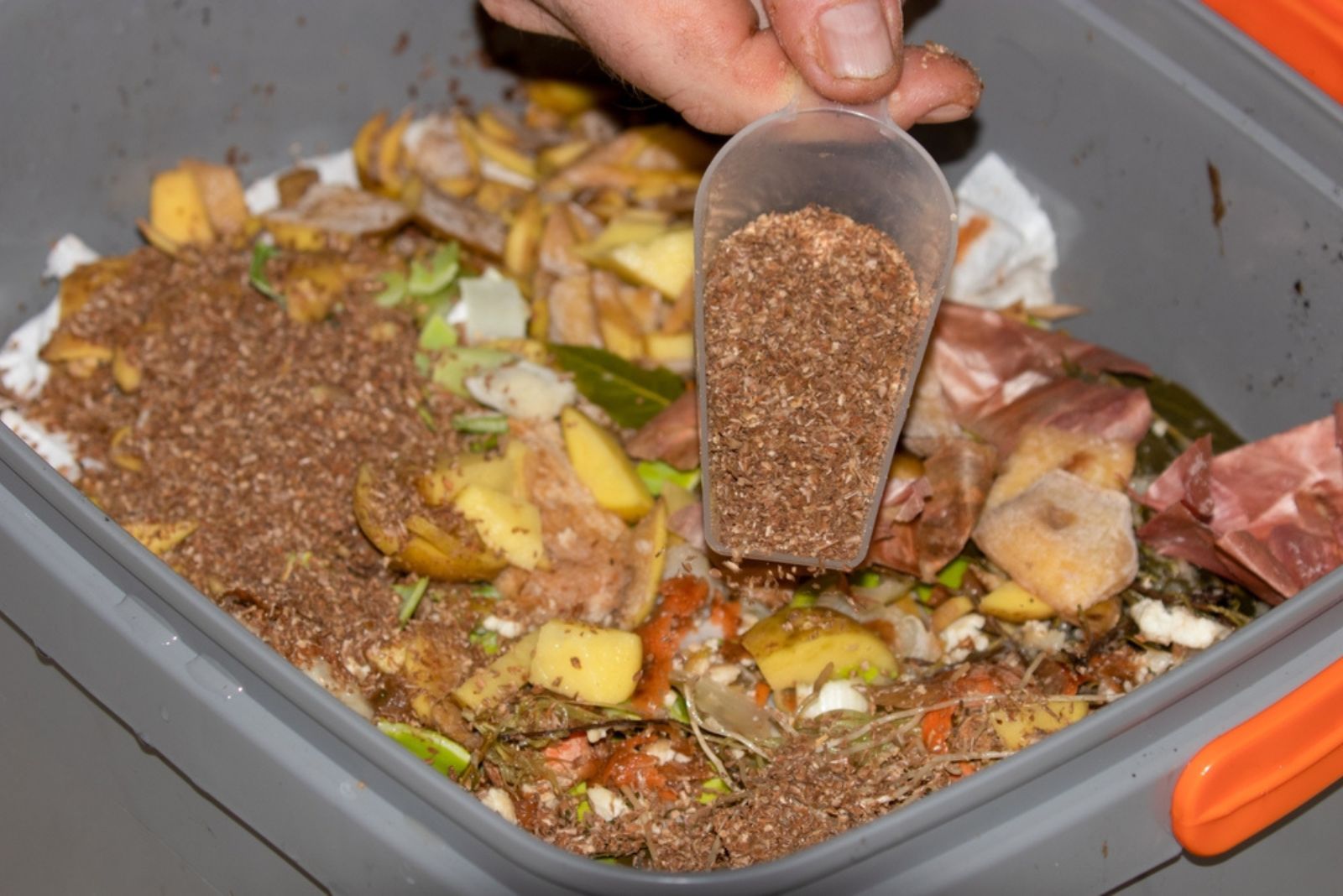One of the perks of composting is that you ‘get rid’ of your kitchen waste and also get a perfect soil amendment. Some ingredients in our kitchens can do wonders for soil.
If you want to help your plants absorb nutrients, add salt to your compost pile. For enhancing beneficial microorganisms in the soil, add sugar or use fermented dairy for fertilization.
But there’s one common ingredient you should start adding to your compost pile and I’m sure many will be surprised about its benefits.
Let’s find out!
And The Ingredient Is…
Wheat flour! This potent ingredient is made of wheat berries (seeds) that are milled into a fine powder. When making white flour, the outer shell and bean are removed before processing.
Whole wheat flour, which is becoming more and more popular nowadays, is made from the entire wheat seeds.
Nitrogen, proteins, and other macronutrients are found in these seeds as well as magnesium, iron, and other micronutrients.
Every kitchen has it on its shelves, but many people aren’t aware of its benefits and effect on compost. And the benefits are the abovementioned compounds, which will transfer to our compost.
According to the University of Florida IFAS Extension, this kitchen ingredient is an excellent source of nitrogen.
You can compost different things but there are some rules about the concentration of ingredients. For instance, there has to be a substantial amount of greens and browns.
The term greens refers to the green grass clippings and food scraps we add to our compost.
Browns is the term we use for the part of compost that consists of dry leaves, straw, shredded paper, and/or wood chips. They are responsible for the structure of the compost because it should never be soggy and they give energy.
But compost does need some moisture because it’s essential for breaking down the organic materials. That’s where the greens step in.
As well as nitrogen, wheat flour contains calcium that helps plants to form cell walls and membranes. Plants also need iron and magnesium to develop chlorophyll and both of these compounds are found in wheat flour.
So, compost enriched with wheat flour will have an excellent effect on plant development.
The Best Flour Composting Methods
There are many types of compost and the time you need to make your compost depends on various factors.
The best thing is that you can add wheat flour no matter which compost type you have. It will preserve its beneficial properties in hot and airtight compost systems like bokashi bins.
The essential thing is to learn how to add flour. You already know that this ingredient forms a thick paste in moist conditions. That will happen if you toss an entire bag of flour on the pile at once.
All the compost ingredients will glue to one another and there won’t be any airflow.
The best technique is to sprinkle your wheat flour over the pile and mix it well. I typically mix flour with wood chips before I add it to my compost pile. This way, pests are less likely to attack.
If you have some flour infested by weevils, don’t dispose of it but freeze it to kill these little critters instead. This is actually a common technique for destroying these flour pests.
Then simply add this magical ingredient to your compost pile and don’t worry about pests.
Another benefit of wheat flour is that it can be used in worm farms and will boost the protein levels. Sift it into your farm and sprinkle some water over the top. You can also combine it with other food scraps before you add it to this type of farm.
Flour has many uses in gardening but, for me, it’s best to use in compost. It’s beneficial, simple to incorporate, and will do wonders for your prized garden plants!



